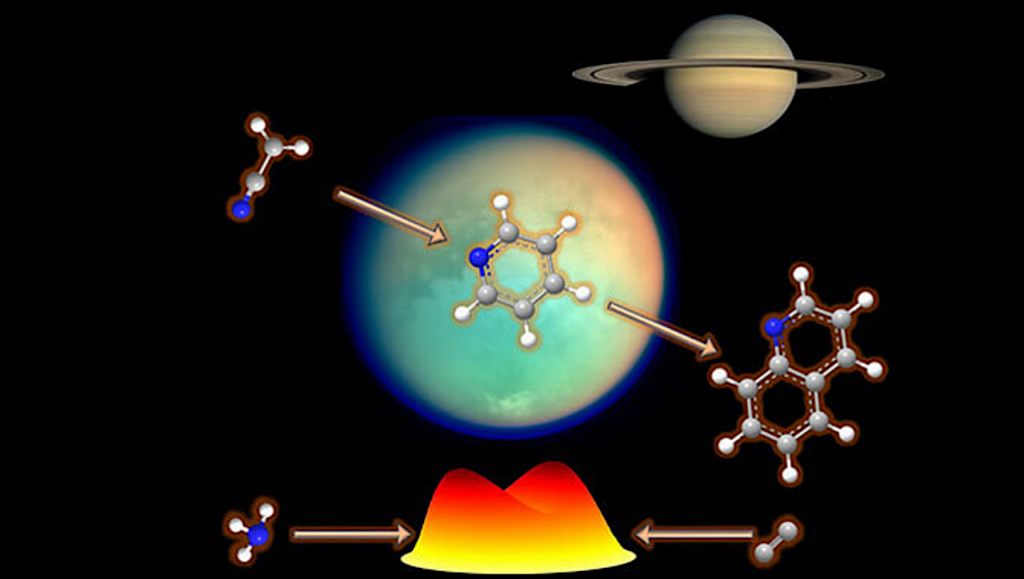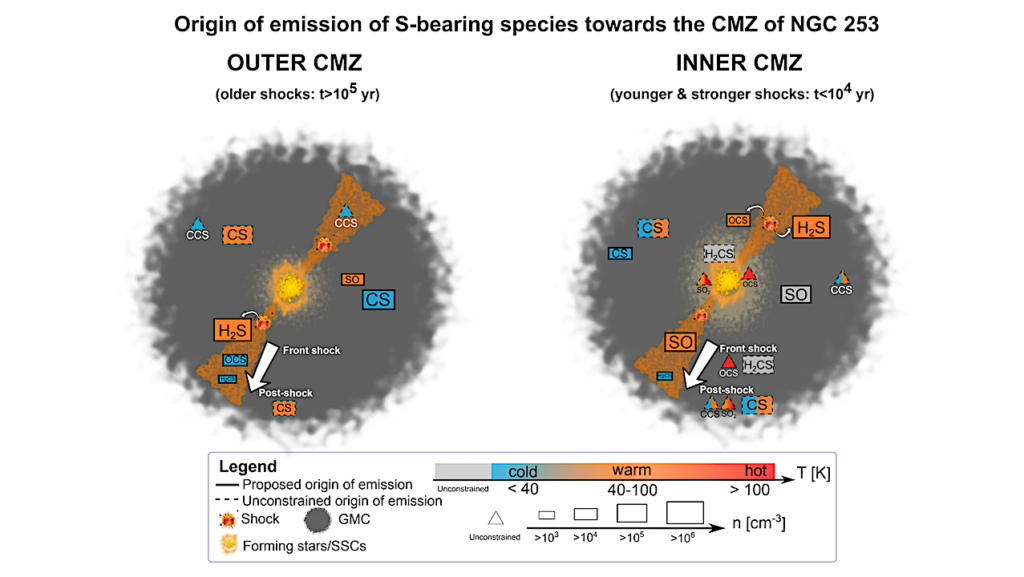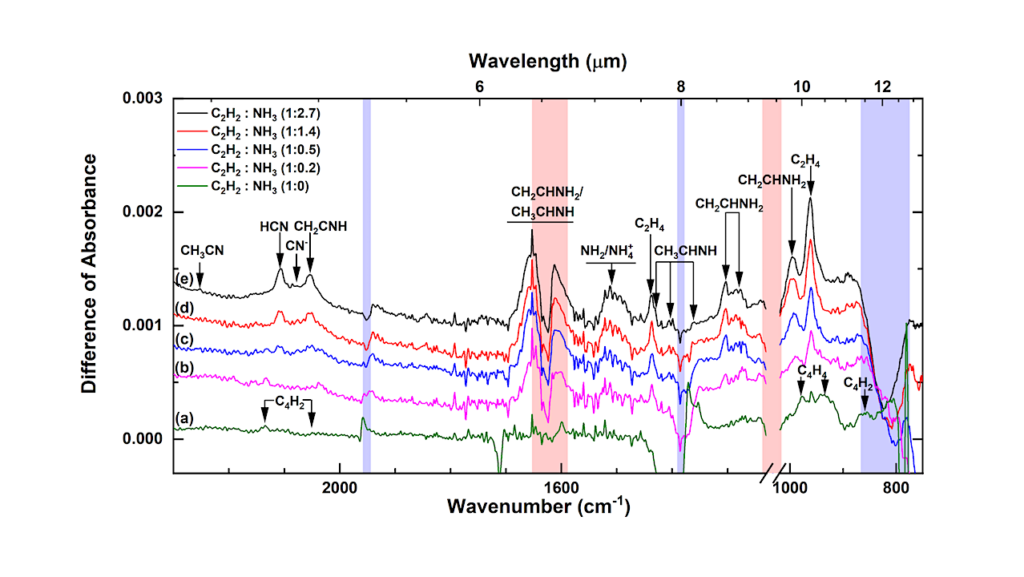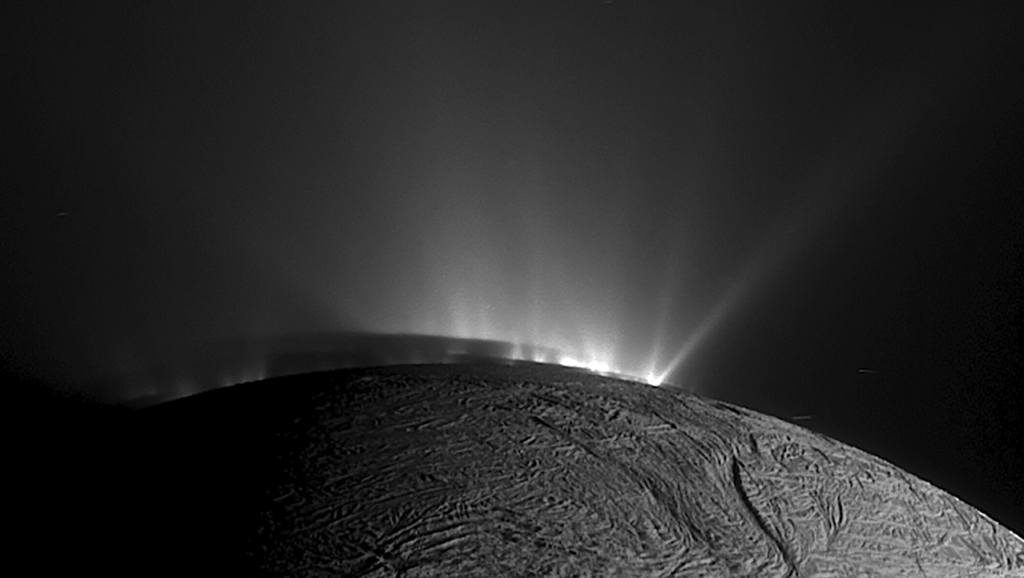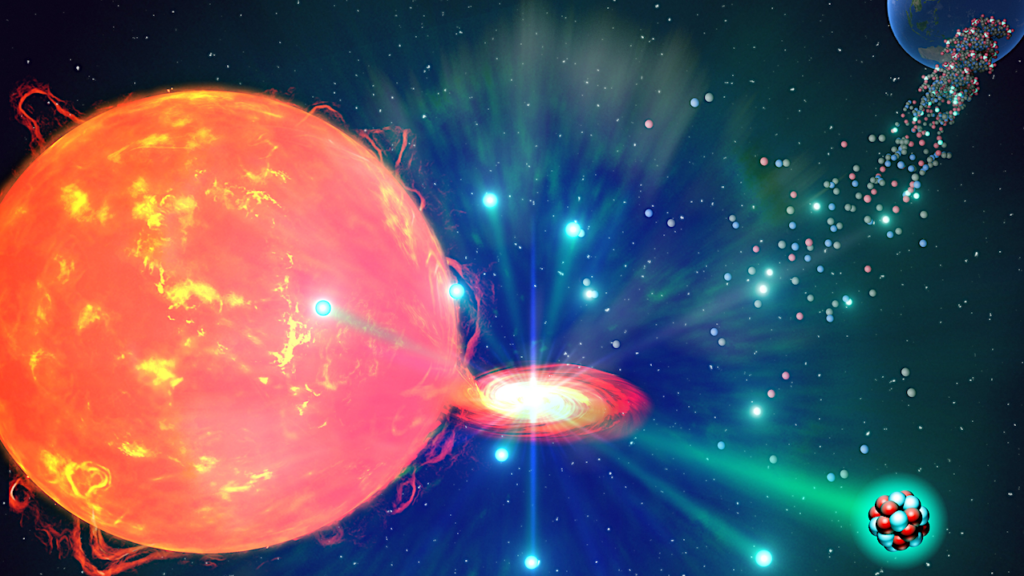Observations of Water Frost on Mars with THEMIS: Application to the Presence of Brines and the Stability of (Sub)Surface Water Ice
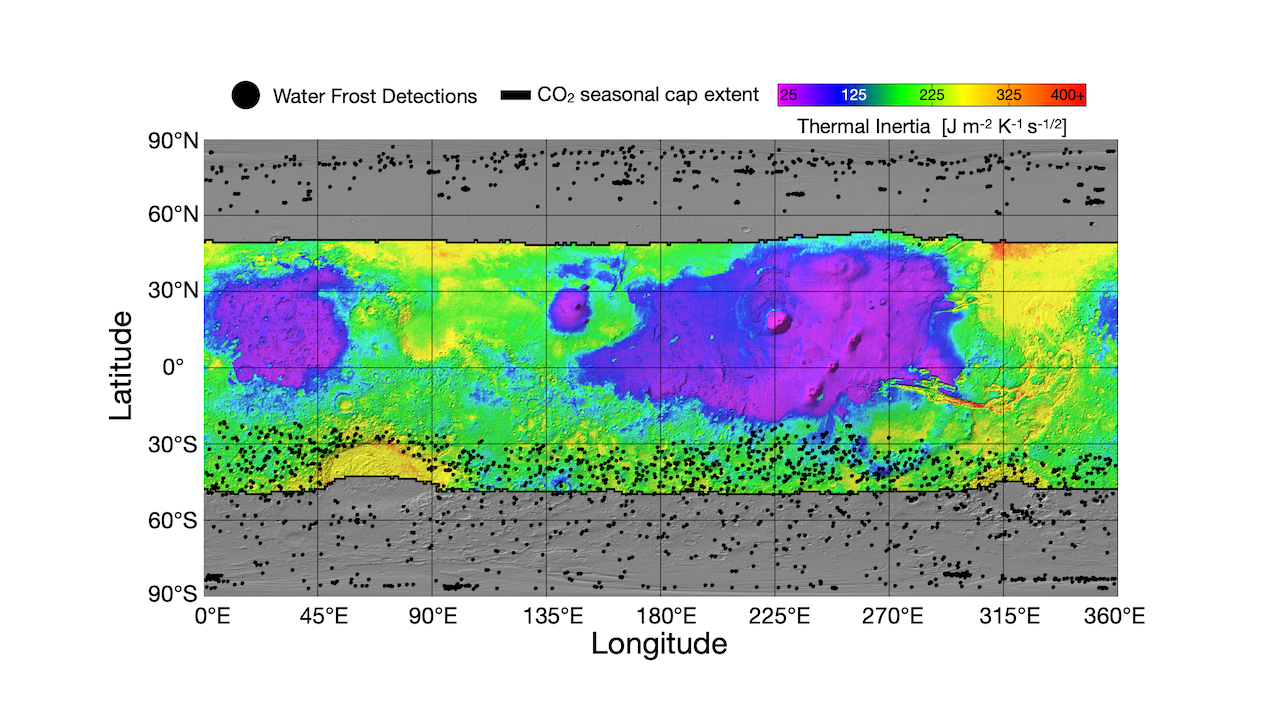
Characterizing the exchange of water between the Martian atmosphere and the (sub)surface is a major challenge for understanding the mechanisms that regulate the water cycle.
Here we present a new dataset of water ice detected on the Martian surface with the Thermal Emission Imaging System (THEMIS). The detection is based on the correlation between bright blue-white patterns in visible images and a temperature measured in the infrared that is too warm to beassociated with CO2 ice and interpreted instead as water ice.
Using this method, we detect ice down to 21.4°S, 48.4°N, on the pole-facing slopes at mid-latitudes, and on any surface orientation poleward of 45° latitude. Water ice observed with THEMIS is most likely seasonal rather than diurnal. Our dataset is consistent with near-infrared spectroscopic data predictions by the Mars Planetary Climate Model.
The water frost average temperature is 170 K, and the maximum temperature measured is 243 K, lower than the water ice melting point. We show that the melting of pure water ice on the surface is unlikely due to cooling by latent heat during its sublimation.
However, 243 THEMIS images show frosts that are hot enough to form brines if salts are present on the surface. The water vapor pressure at the surface, calculated from the ice temperature, indicates a dry atmosphere in early spring, during the recession of the CO2 ice cap. When it sublimes, the frost acts as a vapor source that is wetter than the near-surface atmosphere, which stabilizes the subsurface ice.
L.Lange, S.Piqueux, C.S.Edwards, F.Forget, J.Naar, E.Vos, A.Szantai
Subjects: Earth and Planetary Astrophysics (astro-ph.EP)
Cite as: arXiv:2405.08713 [astro-ph.EP] (or arXiv:2405.08713v1 [astro-ph.EP] for this version)
Submission history
From: Lucas Lange
[v1] Sun, 12 May 2024 13:54:50 UTC (20,229 KB)
https://arxiv.org/abs/2405.08713
Astrobiology


